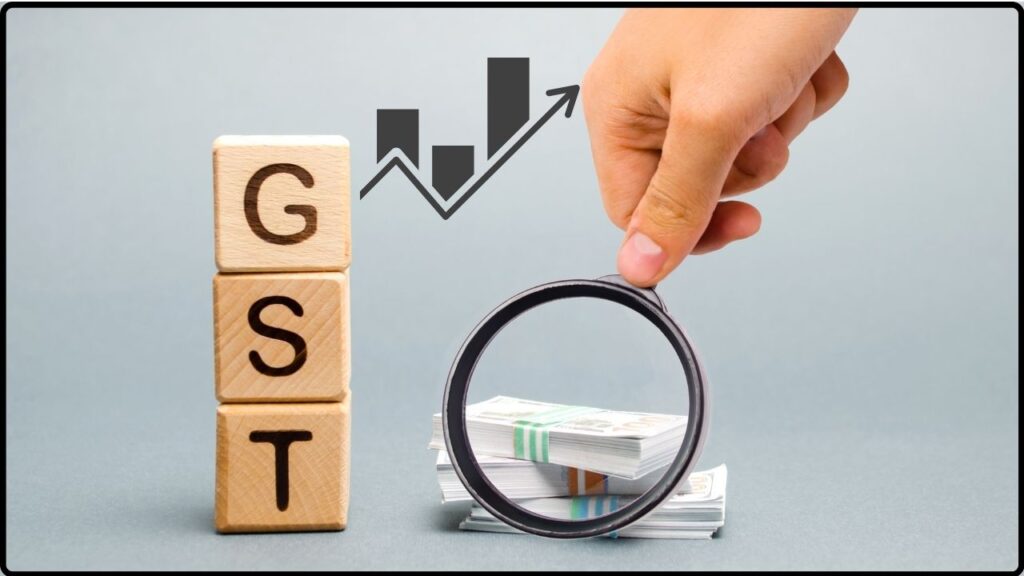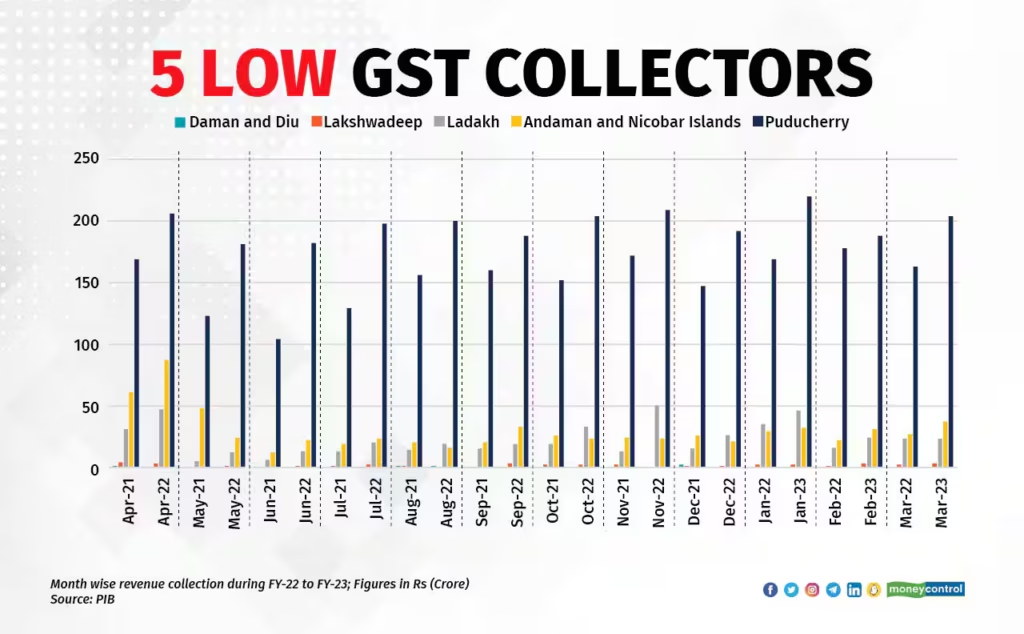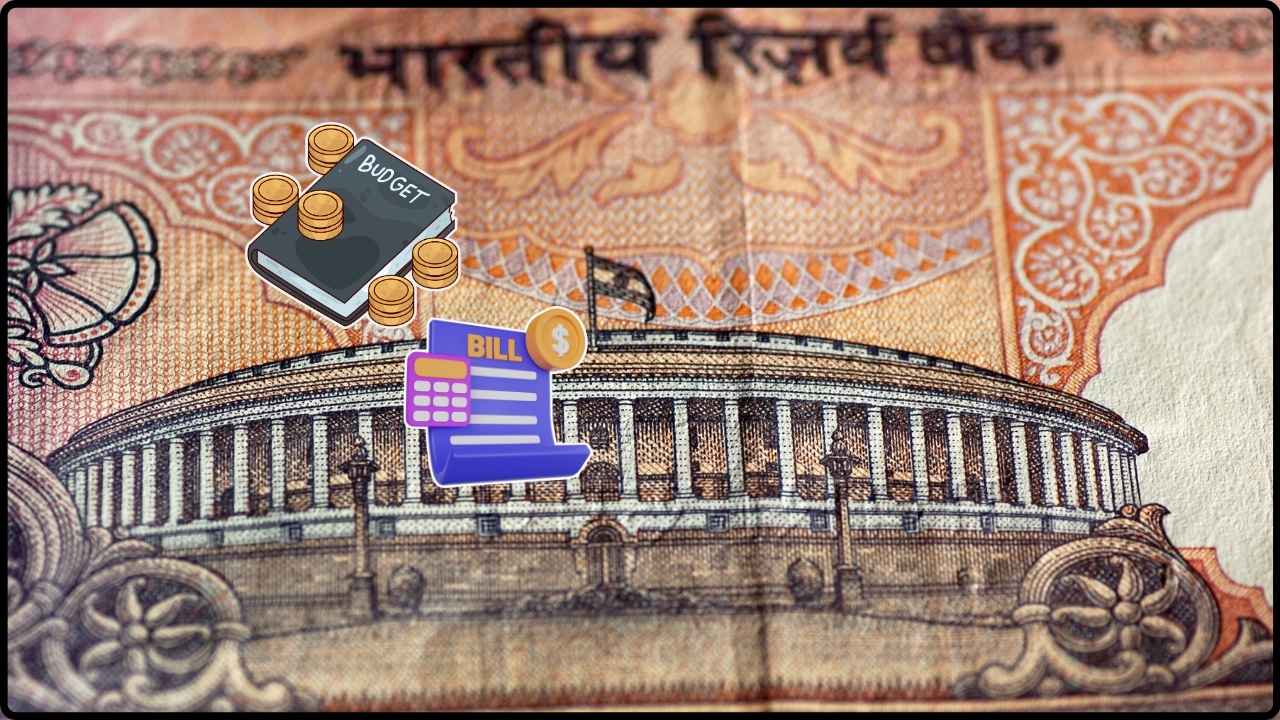UP’s GST Growth Tanks as Fake Firms Multiply: Uttar Pradesh’s Goods and Services Tax (GST) revenue has taken a serious hit, and it’s not just due to economic slowdown or policy gaps. A growing number of fake firms, set up with the sole purpose of gaming the tax system, are bleeding the state dry—silently, smartly, and systematically. With crores of rupees in fraudulent Input Tax Credit (ITC) claims, the system meant to streamline India’s tax landscape is now being manipulated in alarming ways. This isn’t just a story about tax fraud—it’s about the real-world consequences of weak compliance and digital loopholes in one of India’s largest states. Whether you’re a small business owner, finance professional, policymaker, or just someone who pays taxes—you need to know how this scam works, why it matters, and what you can do to stay protected.
UP’s GST Growth Tanks as Fake Firms Multiply
Crores Lost, No One Watching? UP’s GST Growth Tanks as Fake Firms Multiply isn’t just a catchy headline—it’s a real, unfolding crisis in India’s tax ecosystem. Uttar Pradesh, like many Indian states, is battling against sophisticated fraud rings exploiting weaknesses in the GST system. But the fightback has begun—with smarter tools, stricter rules, and stronger enforcement. If you’re a business owner, stay alert. If you’re a policymaker, act fast. And if you’re part of the fraud—you’re running out of time.

| Topic | Details |
|---|---|
| Fraud Uncovered | Over 233 fake GST-registered firms discovered in Uttar Pradesh |
| Financial Loss | Estimated ₹120+ crore, with UP losing nearly ₹100 crore directly |
| Scam Strategy | Fake firms create false invoices to illegally claim Input Tax Credit (ITC) |
| Target Sectors | Scrap trade, electronics, textiles, construction, FMCG, and logistics |
| High-Risk Areas | Gorakhpur, Kanpur, Lucknow, Varanasi, Agra |
| Action Taken | FIRs filed, GST registrations canceled, AI-based systems deployed |
| Wider Impact | National GST frauds totaled ₹7.08 lakh crore (2020–2025) |
| Official Resource | Visit CBIC.gov.in for GST updates and resources |
What’s the Problem With GST in UP?
Let’s simplify things.
Under India’s GST system, businesses pay tax on purchases and can reclaim that tax as Input Tax Credit (ITC)—a fair process designed to avoid double taxation. But here’s where things go south: fake companies register under GST, fake transactions are recorded, fake invoices are generated—and real money is claimed back as ITC.
In simple words: crooks are printing fake bills, claiming tax credits, and walking away with our tax money.
What’s worse? These fake firms often disappear before the authorities catch up. And meanwhile, honest businesses and taxpayers are left dealing with delays, audits, and refund issues.
Breaking Down the UP’s GST Growth Tanks as Fake Firms Multiply: What We Know So Far
Here are the latest details from a joint investigation by state and central GST authorities:
- A total of 233 firms were found to be non-existent or paper-based only.
- Of these, 33 firms were registered under the State GST system, while the rest—about 200 firms—came under Central GST.
- Two Gorakhpur-based companies, supposedly in the scrap trade, fraudulently claimed ₹18.96 crore and ₹1.93 crore in ITC.
- No actual business was being conducted. The firms had no staff, no stock, and no records of inward or outward goods.
- All 33 state-registered firms have been deregistered, and FIRs have been filed against several.
- Fake firms claimed over ₹200 crore in ITC; UP’s share of the loss is ₹100 crore (as GST revenue is shared 50/50 between Center and State).

This Isn’t Just a UP Problem
The GST fraud landscape extends far beyond state borders.
According to a recent Economic Times report, field officers across India detected:
- Over ₹7.08 lakh crore in tax evasion from 2020 to 2025.
- Of this, ₹1.79 lakh crore was directly linked to Input Tax Credit (ITC) fraud.
The Central Board of Indirect Taxes and Customs (CBIC) has also flagged scams involving:
- Hundreds of fake companies across 13+ states.
- Massive fake invoicing networks with shell firms generating transactions on paper, but not delivering a single product.
In one case, a Delhi-based mastermind was found operating 246 fake companies, with a fraud value estimated between ₹5,000 crore and ₹8,000 crore.
How GST Fraud Actually Works: Step-by-Step
It may sound complex, but here’s how the fraud typically happens in five simple steps:
- Fake GST Registration
Fraudsters use forged documents to create a GST-registered firm. Sometimes they use stolen identities, fake PANs, or even dummy Aadhaar cards. - Fake Invoicing
These bogus firms generate invoices for goods or services that were never bought or sold. These transactions only exist digitally. - Claiming ITC
Based on these invoices, the firms claim Input Tax Credit from the government, receiving real money or tax offsets. - Pass Through and Layering
Often, this ITC is passed to other firms in the chain—sometimes legitimate ones that are unaware. The aim is to hide the source. - Disappearance
Once funds are claimed, the fake firm either shuts down, deregisters, or disappears. Tracing the real people behind it becomes difficult.
Expert Opinions
Tax experts and auditors are calling this a “systemic tax laundering” operation. Rajeev Agrawal, a senior chartered accountant based in Lucknow, shared:
“These aren’t isolated incidents. Fake firms work as a network—often across states—using sophisticated software and fake document sets. Most are hard to trace because the details used are fabricated or stolen.”
An anonymous senior GST official added:
“It’s not just about fraud. These operations disrupt honest business. Refund cycles are delayed, audits increase, and taxpayers lose confidence in the system.”

Real-World Example: How an Honest Business Got Caught
Take the case of Kavita Traders, a real textile business based in Kanpur.
They unknowingly sourced goods from a fake vendor offering rates 20% below market price. Everything looked legit—GSTIN, invoices, payment gateways.
Three months later, they got hit with:
- A show-cause notice from the GST department.
- Reversal of ₹12.7 lakh in ITC.
- Interest and penalties totaling another ₹2.8 lakh.
Lesson? Too-good-to-be-true deals can sink even honest businesses.
Government’s Response: From Paper Trails to AI Tools
Authorities are now tightening their grip:
Investigative Measures
- FIRs and arrests in cases involving large ITC claims.
- Scrutiny of firms registered in high-risk sectors like scrap, construction, and electronics.
- Verification drives for businesses showing disproportionate ITC claims.
Tech-Driven Tools
- AI-powered anomaly detection to identify unusual credit patterns.
- E-invoicing made mandatory for larger firms to reduce fake invoicing.
- PAN-Aadhaar verification strengthened for new GST registrations.
- Interlinking with Income Tax Department databases for real-time financial tracking.
What You Can Do: Practical Steps to Avoid Getting Caught
If you run or manage a business, here’s how you can stay clean and safe:
- Always verify GSTINs
Use the GST portal to check the authenticity of vendors and customers. - Reconcile your returns
Match your purchase invoices with GSTR-2B to ensure the ITC you claim is legitimate. - Avoid suspicious suppliers
Don’t deal with firms offering rates significantly lower than the market without checking their compliance history. - Use e-invoicing and compliant software
Helps reduce errors and automatically validates transactions with the government’s systems. - Consult a tax advisor
If you’re unsure about your ITC claims, a professional can help avoid costly errors.
Policy Suggestions: What Needs to Change
Beyond arrests and tech tools, experts suggest systemic changes:
- Real-time invoice matching should be rolled out universally.
- Multi-layer audits for businesses in vulnerable sectors.
- Public listing of blacklisted GSTINs to warn honest taxpayers.
- Faster FIR processes and stronger coordination between state and central agencies.
- Capacity building for GST officers, especially in tier-2 and tier-3 cities.
Fraud Worth Crores? Group Booked for Creating Fake GST Invoices to Con Govt
GST Crackdown in Aligarh: 11 Fake Firms Hit With Notices in Major Fraud Probe










